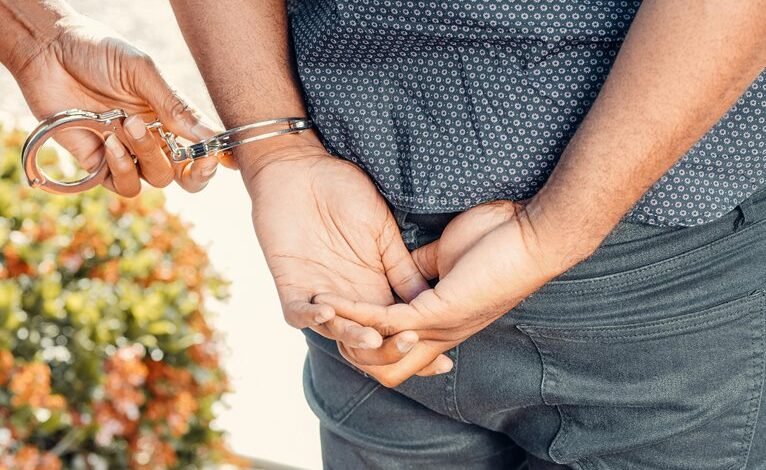Photoacpmpa: A Influência das Imagens no Processo Judicial

The role of visual evidence in the judicial process is increasingly significant. Images can shape jurors' perceptions and emotional responses, often swaying the outcome of trials. This dynamic raises important questions about the ethical implications of such influence. As technology advances, the judiciary faces the challenge of ensuring that visual evidence is both effective and reliable. What standards should be established to maintain the integrity of these powerful tools?
The Power of Visual Evidence in Courtroom Dynamics
Visual evidence wields significant influence within courtroom dynamics, often serving as a pivotal element in the adjudication process.
It enhances visual persuasion, allowing jurors to engage with the material more profoundly. Effective courtroom strategy incorporates such evidence to evoke emotions, reinforce arguments, and clarify complex narratives.
Consequently, the presence of visual elements can significantly shape perceptions and influence verdict outcomes in legal proceedings.
Case Studies: Notable Instances of Photographic Influence
Numerous case studies illustrate the profound impact that photographic evidence can have on judicial outcomes.
Documentary photography often shapes courtroom narratives, influencing juror perceptions and emotional responses. For instance, compelling images can humanize victims or highlight negligence, thus altering the trajectory of trials.
Such instances underscore the necessity of understanding how visual elements contribute to the broader context of legal proceedings.
Ethical Considerations and the Future of Imagery in Legal Settings
The role of imagery in the judicial process raises significant ethical considerations that must be examined as its influence continues to grow.
Issues surrounding image authenticity pose serious legal implications, potentially compromising the integrity of judicial outcomes.
As technology advances, the judiciary must establish robust standards to ensure the reliability of visual evidence, safeguarding the principles of justice and fairness in legal proceedings.
Conclusion
In conclusion, the impact of visual evidence in the judicial process is nothing short of monumental, shaping juror perceptions with an intensity that can alter the course of justice. While compelling imagery can enhance understanding and evoke empathy, it also raises significant ethical concerns regarding authenticity and reliability. As the legal landscape evolves, it is imperative for the judiciary to navigate these complexities with vigilance, ensuring that the power of images serves the pursuit of truth rather than obscuring it.





